Jupiter’s moon Io is considered the most volcanically active world in our solar system.
More info:NASA
NASA’s Juno spacecraft delivered close-ups of an astonishing lava lake on Io’s surface
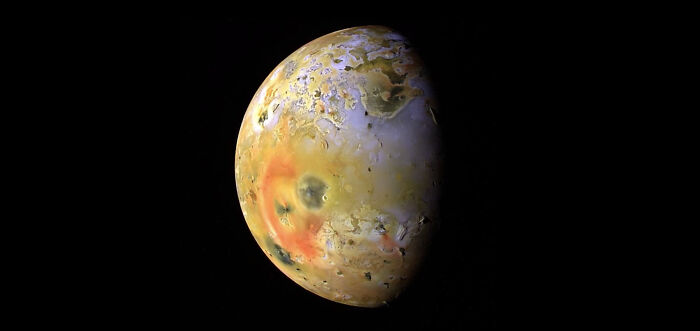
Image credits:NASA
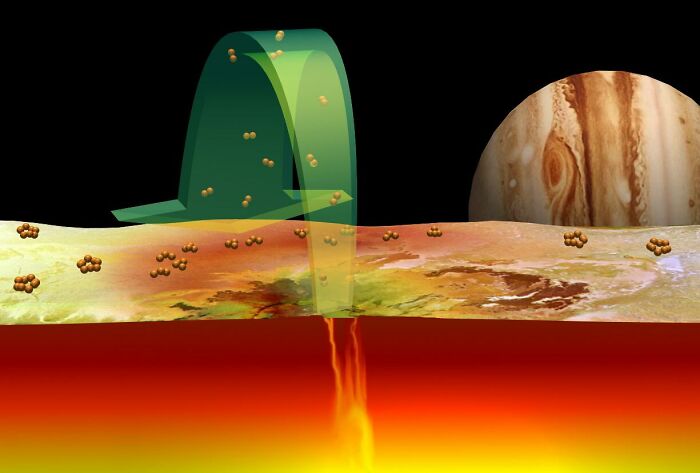
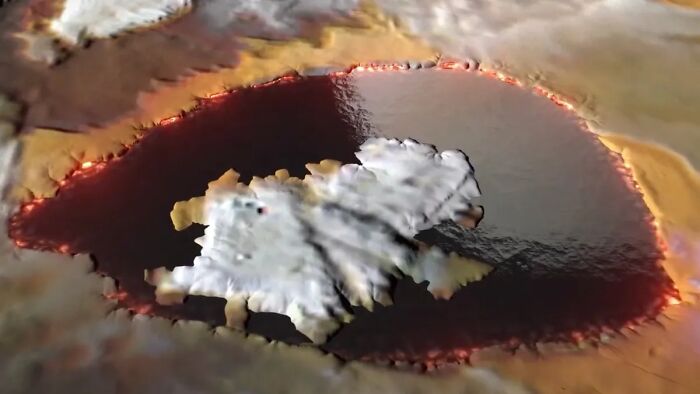
“Io is simply littered with volcanoes, and we caught a few of them in action. We also got some great close-ups and other data on a 200-kilometer-long lava lake called Loki Patera. There is amazing detail showing these crazy islands embedded in the middle of a potential magma lake rimmed with hot lava. The specular reflection our instruments recorded of the lake suggests parts of Io’s surface are as smooth as glass, reminiscent of volcanically createdobsidian glasson Earth,” Juno’s principal investigator Scott Bolton shared the excitement. “There is amazing detail showing these crazy islands embedded in the middle of a potentially magma lake rimmed with hot lava,” he added.
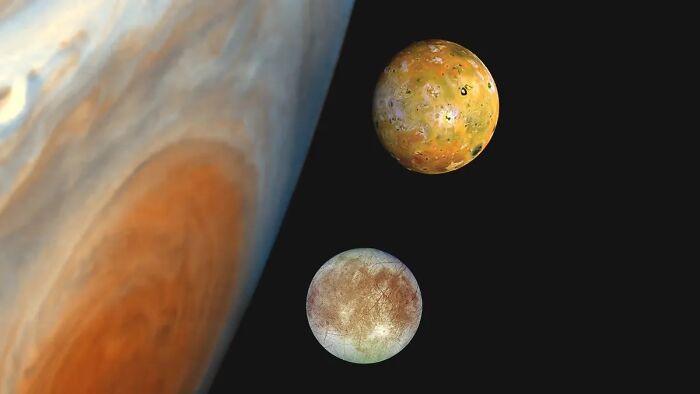

Jupiter is the 5th planet from the sun and the second brightest planet in the night sky, after Venus. It’s so big that we could fit more than 1,300 Earths inside, and is known as a very chaotic and stormy place – some of the winds can be as fast as 335 miles an hour at the equator.
The astronomer Galileo Galilei was the first one who, in 1610, spotted what he thought were four small starstagging alongwith Jupiter. It turned out they were the four largest moons, now known as the Galilean moons: Io, Europa, Ganymede, and Callisto.
The most volcanic one, Jupiter’s moon Io, has beengetting attentionfrom scientists for decades. They studied its atmospheric chemistry to work out how long it might have taken for countless eruptions to shift its composition from an ancient starting point and found out that it has been spewing lava since the dawn of the solar system, about 4.57 billion years ago.
Truly astonishing is that through volcanic outgassing and atmospheric erosion, Io loses as much as three tons of material every single second to space. “One could argue that Io’s losing its mass like a comet,” said Apurva Oza, a planetary astrophysicist at NASA’s Jet Propulsion Laboratory.
Io is Jupiter’s third largest moon, and the most volcanically active world in our solar system
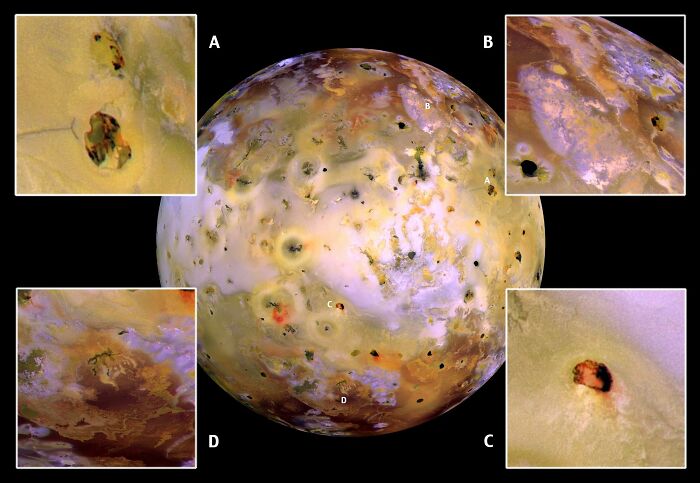
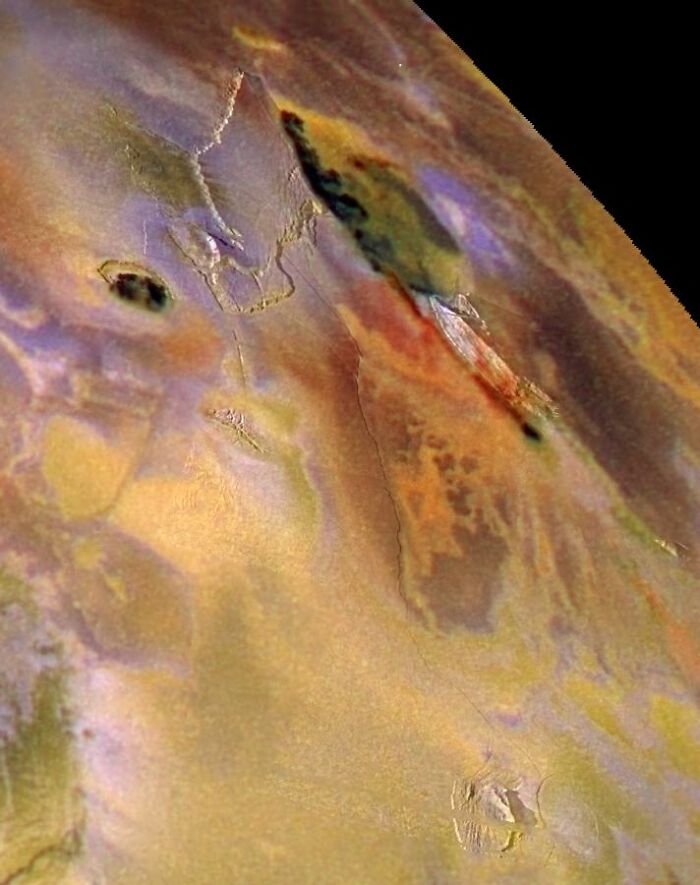
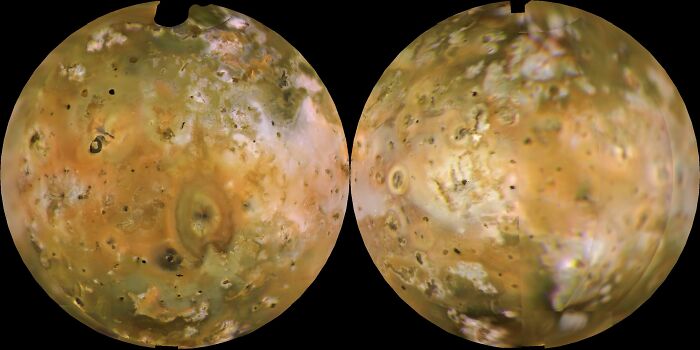
“This is the first useful map of the entire patera. It shows not one but two resurfacing waves sweeping around the patera. This is much more complex than what was previously thought,” shared Dr. Ashley Davies from NASA’s Jet Propulsion Laboratory at the time.
“This is a step forward in trying to understand volcanism on Io, which we have been observing for more than 15 years, and in particular the volcanic activity at Loki Patera,” added Imke de Pater, a professor of astronomy from the University of California at Berkeley.
The lava lake called Loki Patera is 127 miles long and has islands embedded in the middle of it
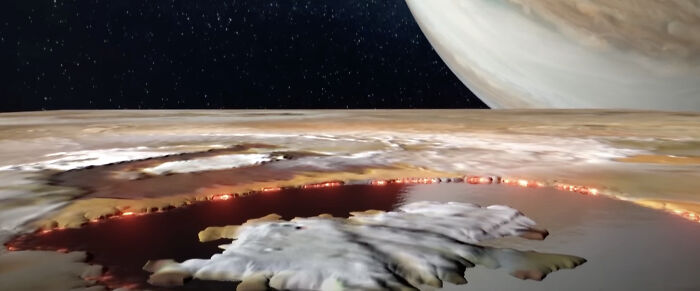
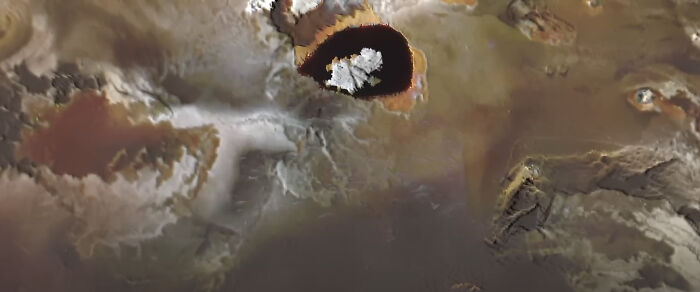
NASA’s Juno spacecraft, which first arrived to study Jupiter and its moons in 2016, is finally giving a much clearer image of Io, which has intrigued scientists for so long. “Other than the Earth, it’s the only place that we see active magma volcanoes going on in our Solar System,” said Bolton.
Thanks to better equipment and improved science, we can better understand volcanism and tidal heating through the entirety of the Solar System, and while I don’t know about you, but this definitely gets meexcitedfor what else awaits in the inky cosmos.
Space enthusiasts were excited about this visual data from Io’s surface
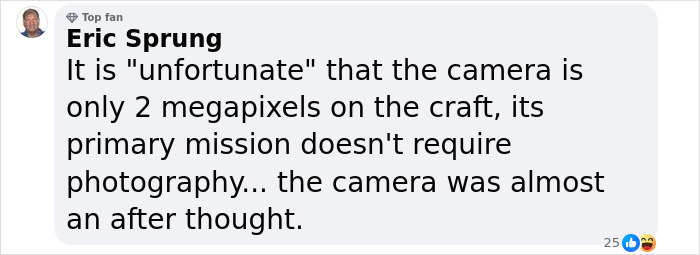



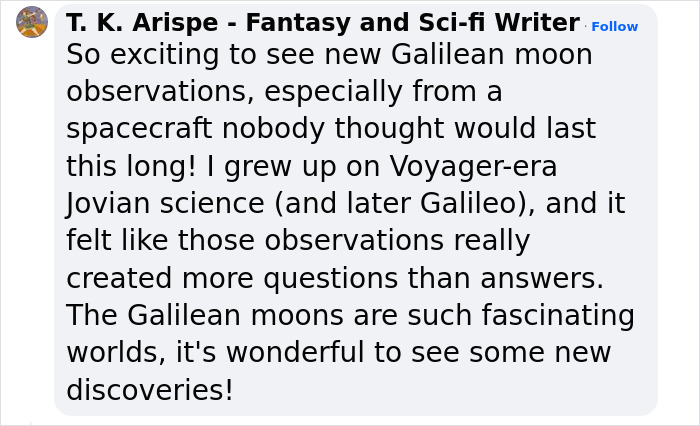


Science & Technology